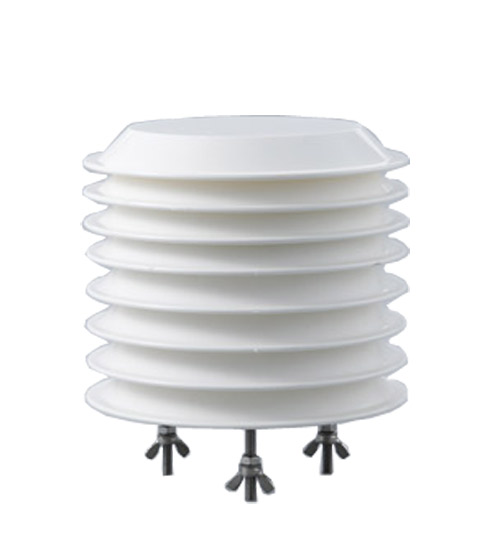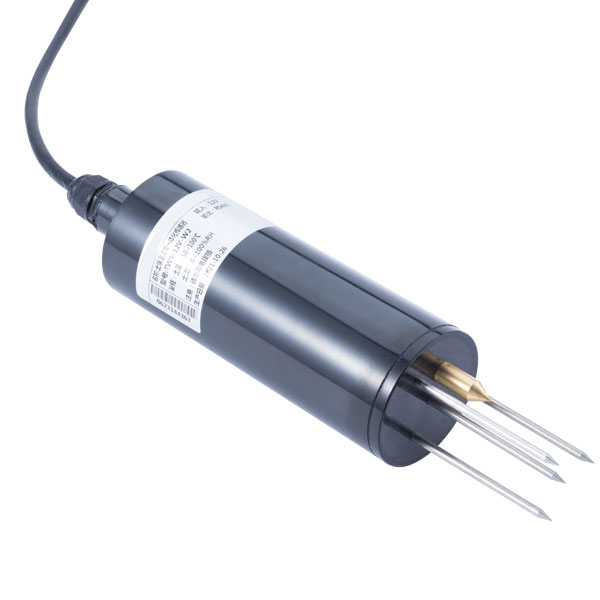

— Blogs —
—Products—
 Consumer hotline +8618073152920
Consumer hotline +8618073152920 WhatsApp:+8615367865107
Address:Room 102, District D, Houhu Industrial Park, Yuelu District, Changsha City, Hunan Province, China
Product knowledge
Time:2021-11-28 21:49:56 Popularity:934
The difference between NB-IoT DTU and LoRa DTU
NB-IoT DTU and LoRa DTU are responsible for transmitting data. They can see some differences from the naming. One is NB-IoT and the other is LoRa. But what are the more detailed differences?
NB-IoT DTU is a data transmission unit using NB-IoT technology, and NB-IoT chips are placed inside the device. It has the advantages of low power consumption, flexible networking, low cost, wide network coverage, and fast speed. However, the use of NB-IoT technology has a large investment in the early stage, and there is no charge in the later stage. It will generally be used by some large companies or factories. use.
LoRa DTU is a data transmission unit that uses LoRa technology. LoRa chips are placed inside the device. It has the advantages of wide coverage, multiple connections, low speed, low cost, low power consumption, and excellent architecture. However, LoRa technology is trapped in base stations. , Once far away from the base station, it will not work, it will generally be used in factory areas or industrial parks.
Let's take a look at some of the functional differences between NB-IoT DTU and LoRa DTU.
NB DTU features:
NB DTU supports TCP, UDP, MQTT, HTTP connections;
Support NB network, support NB-IOT Internet of Things card;
Support registration package, heartbeat package function;
Support custom polling;
Support custom status reporting.
Operating mode:
TCP/UDP transparent transmission mode
In this mode, the user's serial device data can be sent to the designated server on the network via DTU. The module can also receive data from the terminal server and forward the information to the serial device. The user does not need to actually operate the data conversion process between the serial port data and the network data packet, just set the channel mode to TCP/UDP transparent transmission, and set the corresponding server IP, port and type to realize the serial device and the network server Transparent transmission of data between. If you need to register package authentication or heartbeat package and other functions, you can also configure it accordingly.
MQTT transparent transmission mode
In this mode, the user's serial device can be quickly connected to the MQTT server through the TAS-NB-161 module, so that the module is powered on and actively connects to the MQTT server, actively subscribes to related topics, and directly pushes the serial data to the set theme. Put the MQTT data protocol in the module to complete, truly realize the transparent transmission of the serial port. Customers only need to set the corresponding MQTT parameters, such as server IP number, server port number, user name, password, and default push or subscription topics.
Features of LoRa dtu:
Support advanced LoRa modulation method, with the advantage of long-distance anti-interference;
In an ideal open environment, the communication distance can reach 3km;
Support fixed-point transmission, master-slave transmission, broadcast transmission, channel monitoring;
Support FE forward error correction to improve communication stability;
Support ISM 433MHz license-free frequency band;
Support the data transmission rate of 0.3k-19.2kbps;
Industrial-grade standard design, supporting long-term use at -40-+85℃;
Support SMA-K interface, convenient to connect coaxial cable or external antenna.
Operating mode:
AT command mode
The AT command mode mainly realizes that the user sends AT commands through the serial port to query and set the relevant parameters of the LoRa terminal.
Transparent transmission mode
The transparent transmission mode supports plug and play of two LoRa terminals, and the whole process does not require any data transmission protocol.
Fixed-point mode
The fixed-point mode can specify the target address and channel when sending data.
Broadcast mode
The broadcast mode is a special mode belonging to the fixed-point transmission mode, and all terminals on the specified target channel can receive data.
Master-slave mode
The master-slave mode is divided into host and extension, hexadecimal data communication, the host needs the protocol format for data transmission, and the slave does not need the protocol format.
Relay networking mode
The relay network mode is divided into node and relay, hexadecimal data communication, node mode includes ADDH, ADDL and NETID, the relay mode ADDH, ADDL is no longer the address of the DTU device, but as the forwarding pairing of NETID, if When it receives one of the networks, it forwards to the other network, and the NETID of the relay itself is invalid.
Whether it is NB-IoT DTU or LoRa DTU, they all have a field suitable for them, complement each other, and the ultimate goal is to empower the IoT industry, accelerate the development of these industries, and lay the foundation for my country's industry market .
Sensors & Weather Stations Catalog
Agriculture Sensors and Weather Stations Catalog-NiuBoL.pdf
Weather Stations Catalog-NiuBoL.pdf
Related recommendations
Related products
 Atmospheric Temperature Humidity Pr···
Atmospheric Temperature Humidity Pr··· Soil Temperature Moisture Sensor 4-···
Soil Temperature Moisture Sensor 4-··· Air temperature, humidity and atmos···
Air temperature, humidity and atmos···
Screenshot, WhatsApp to identify the QR code
WhatsApp number:+8615367865107
(Click on WhatsApp to copy and add friends)